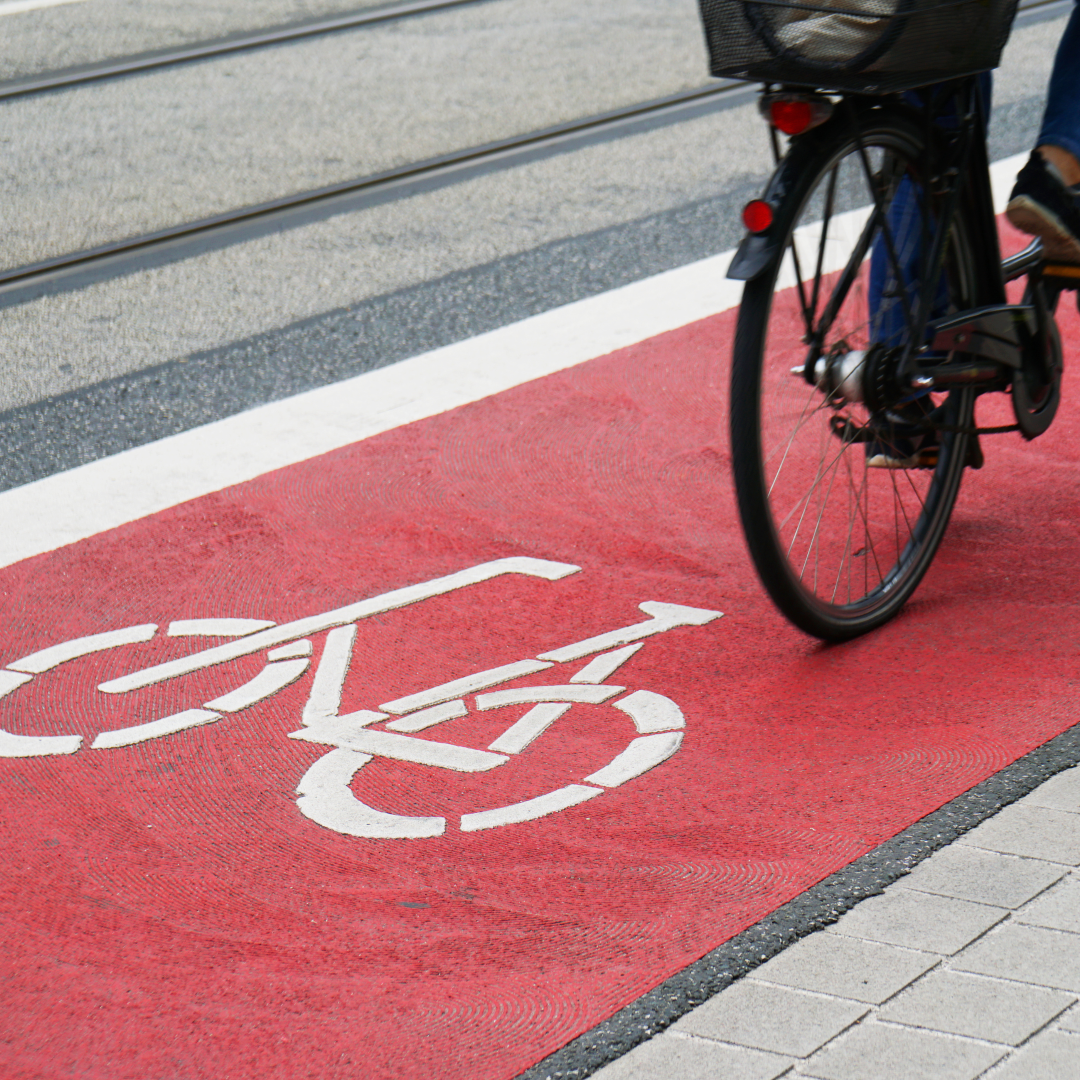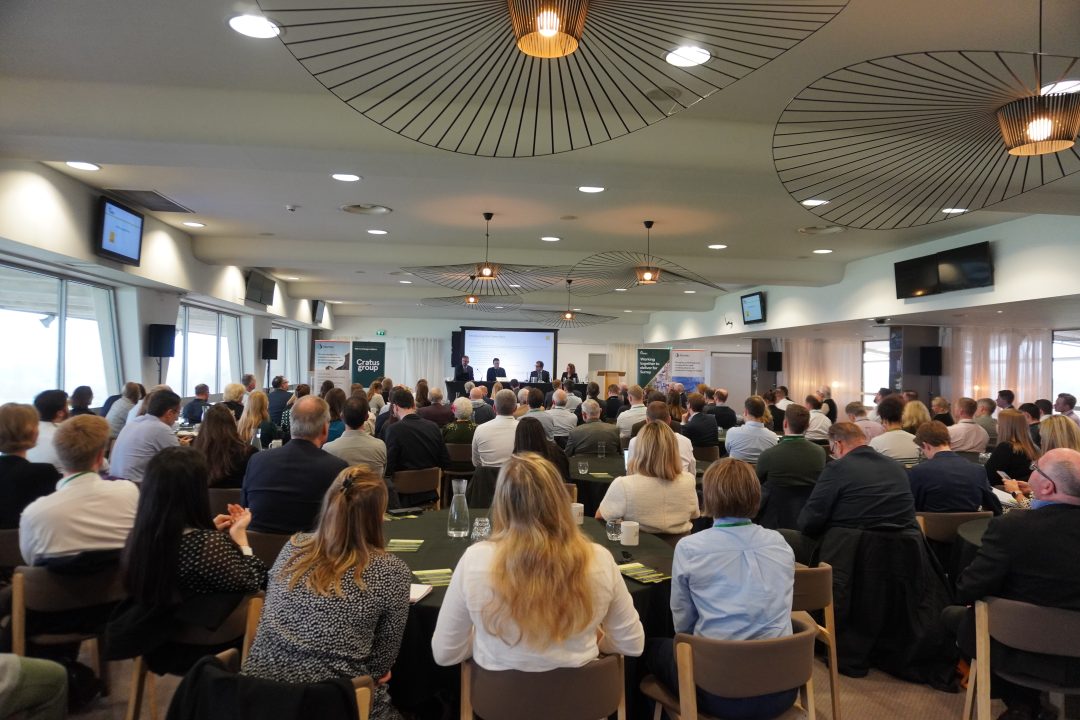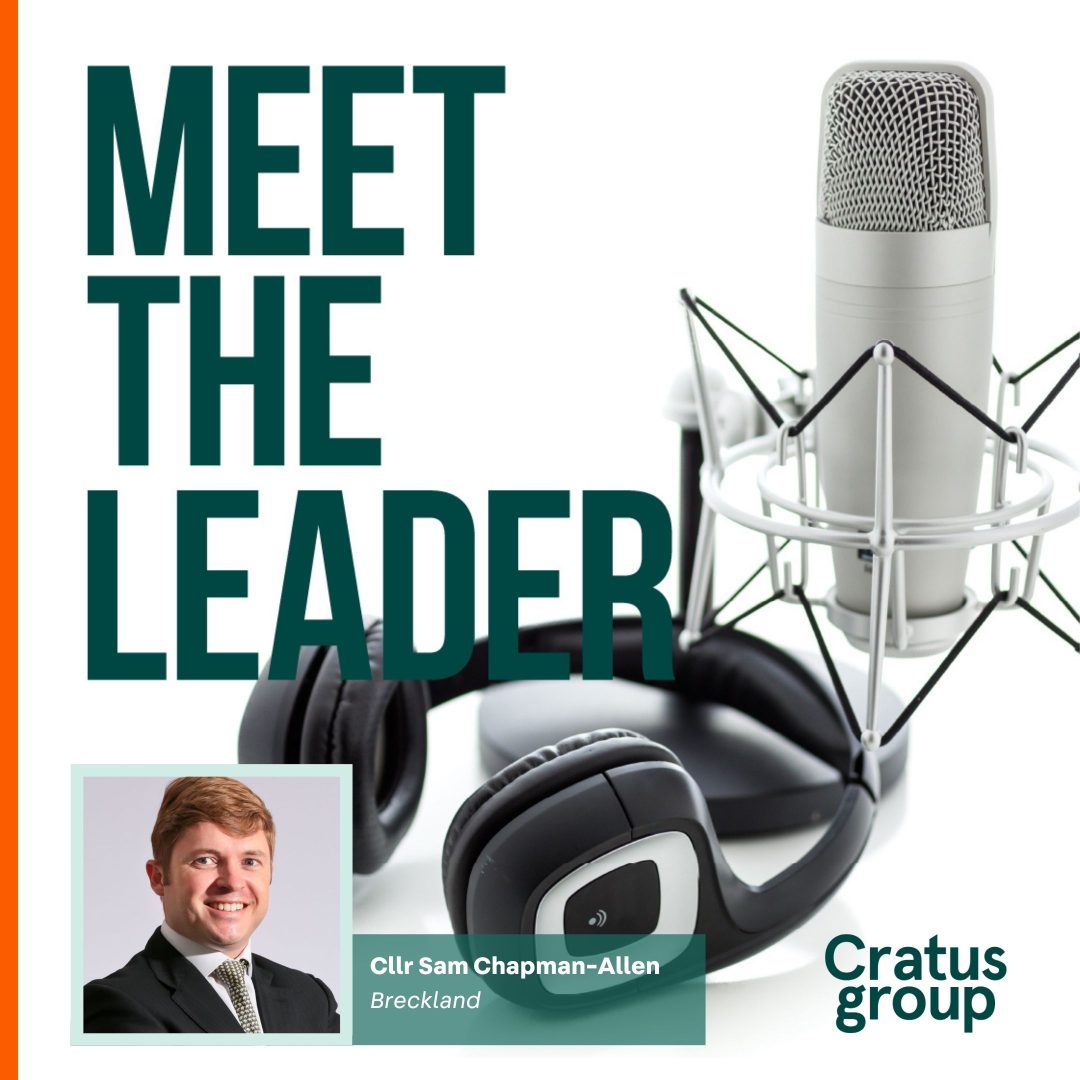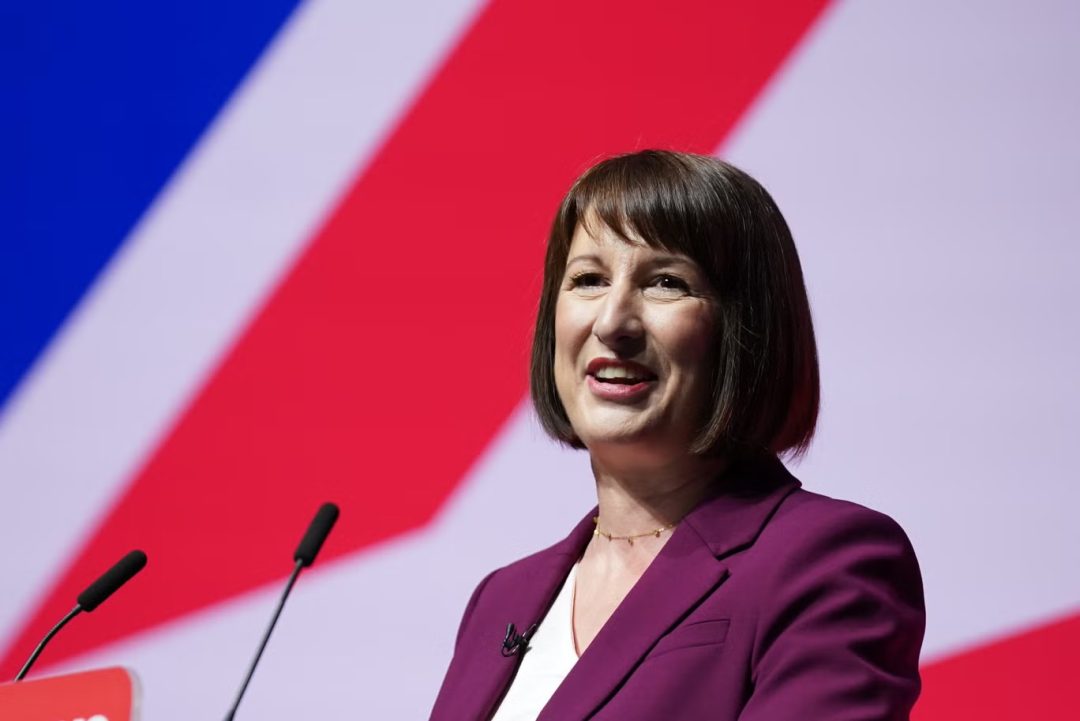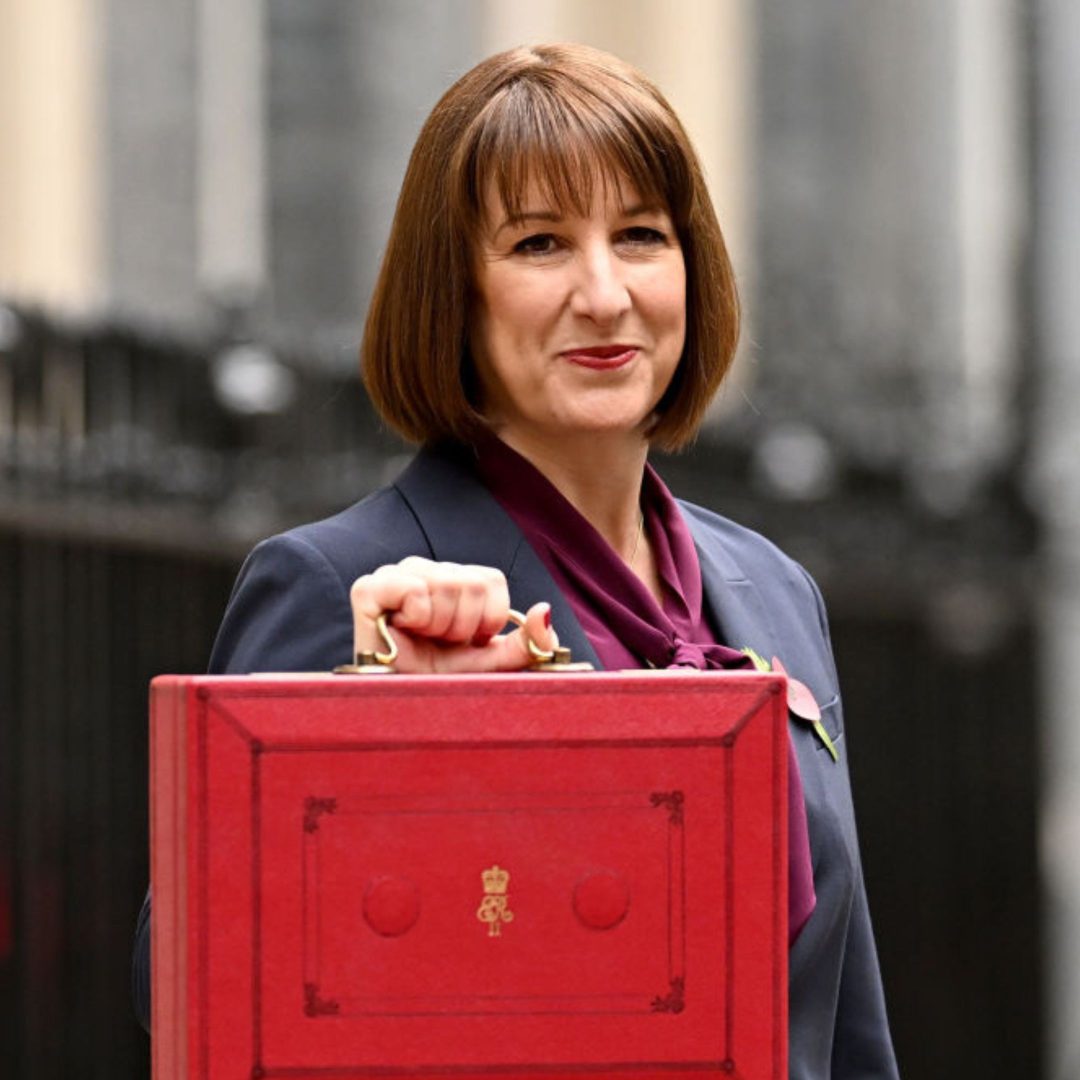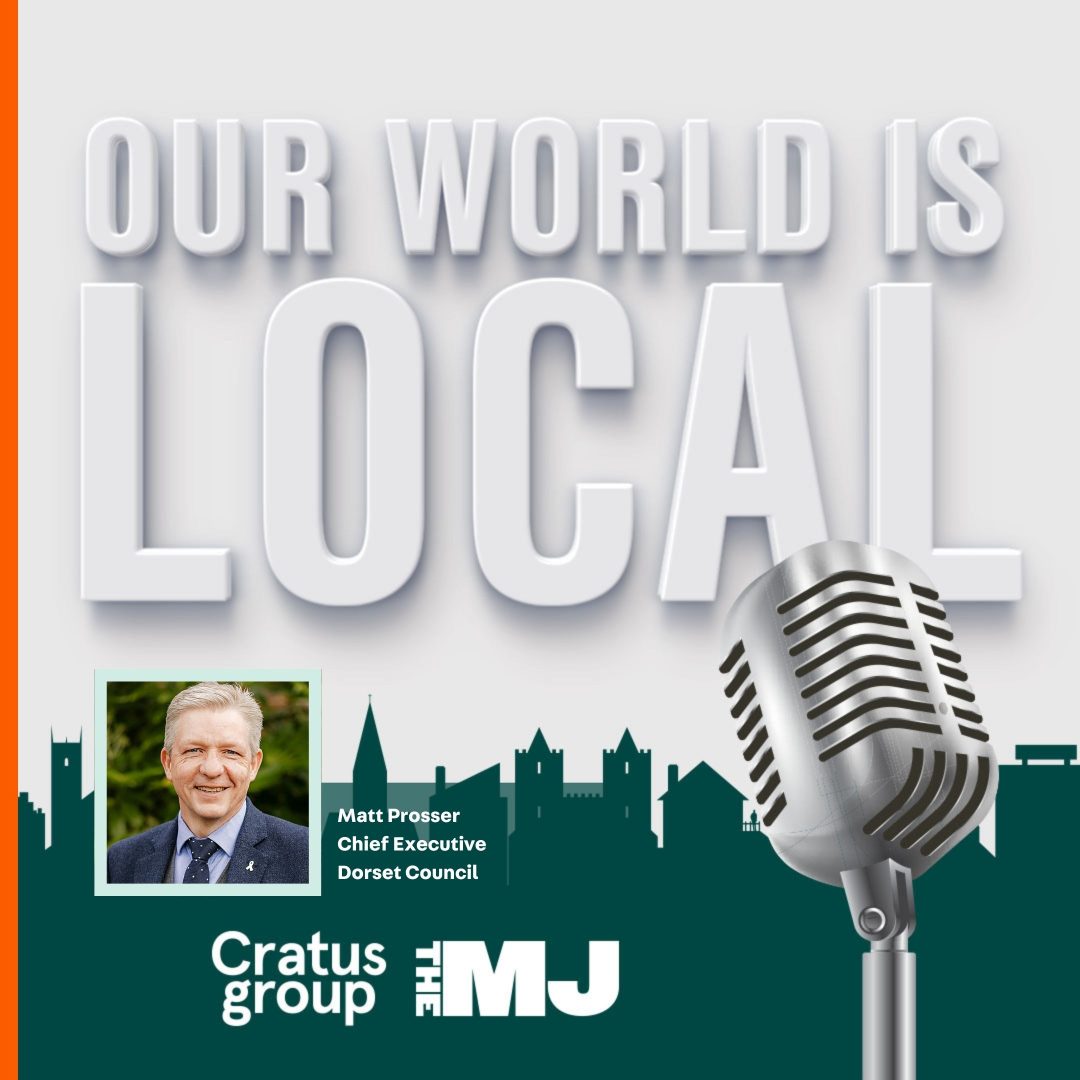Creating connected communities: designing neighbourhood transport
At Cratus Group, we typically organise more than 50 public consultations a year, working to understand and address what local people need from their new neighbourhoods. Two common questions emerge: “Will there be enough parking?” and “What are you doing to encourage environmentally sustainable travel?”
The answer to both can be based on a commitment to promoting active travel or public transport. However balancing this commitment with people’s preference or need for cars is an area that is complex for developers and planners to handle.
The problem with parking
People worry there will not be enough designated parking, either with driveways (most people’s preference) to allocated spaces. We frequently hear that families have at least two cars, and with the housing crisis meaning more young adults also live at home that figure can be higher. If you do not build ‘enough’ parking, that leads to criticism if residents and visitors then park across pavements and greenery.
While extra parking could make a home more marketable, ultimately it might not be the best financial decision, space-wise, and could make homes less affordable. Many people do not realise that there are council-set parking standards, which usually can’t be exceeded, so often a developer’s hands are tied, and in order not to disappoint residents they need to look to alternative options.
Promoting Active Travel
Our clients and the councils we work with are often committed to environmental sustainability, aiming to cut emissions by encouraging walking, cycling, or public transport use. Many new developments include active travel plans as part of their applications, and developers also contribute towards public transport infrastructure through S106 and CIL funds. However, without an already robust public transport system in place, shifting people from cars to alternative modes of travel remains challenging.
For those living in metropolitan areas, it’s often easier to rely on public or active travel. In places like London, buses, the tube, and rentable e-bikes are commonly used. But outside the capital, the situation can be very different. We hear from residents who live just beyond London’s transport zones, where bus services may end at 7pm, or who face long, multi-bus journeys to reach a sixth-form school. Issues like inadequate lighting or lack of pavements on the route from train stations highlight the work still needed to make public and active transport viable across the country.
Effective active travel requires a collaborative approach. Developers, councils, and public transport providers must work together to create well-connected communities with essential amenities within walking or cycling distance. For example, consulting with schools or local cycling groups during the planning phase can help design neighbourhoods that support new travel habits from the outset.
The balancing act
While active travel and public transport are often a priority in designing a neighbourhood, developers must realise that many people still need cars for essential activities, whether it’s shopping, transporting family members, or reaching rural destinations, so they cannot be fully designed out.
Electric vehicles (EVs) offer a sustainable alternative, and new-build homes now must include EV charging points, naturally paired with parking spaces. Car clubs or shared vehicle schemes could also help reduce the overall need for individual cars, especially as more people work from home.
However, no matter how many cars a household has, having reliable options for active travel or public transport benefits everyone. We’re encouraged to see developers and councils designing with both flexibility and sustainability in mind, creating developments that work for the needs of today’s residents and that support a greener future.
